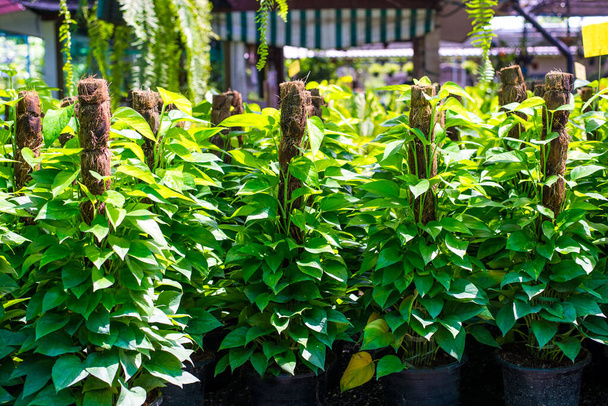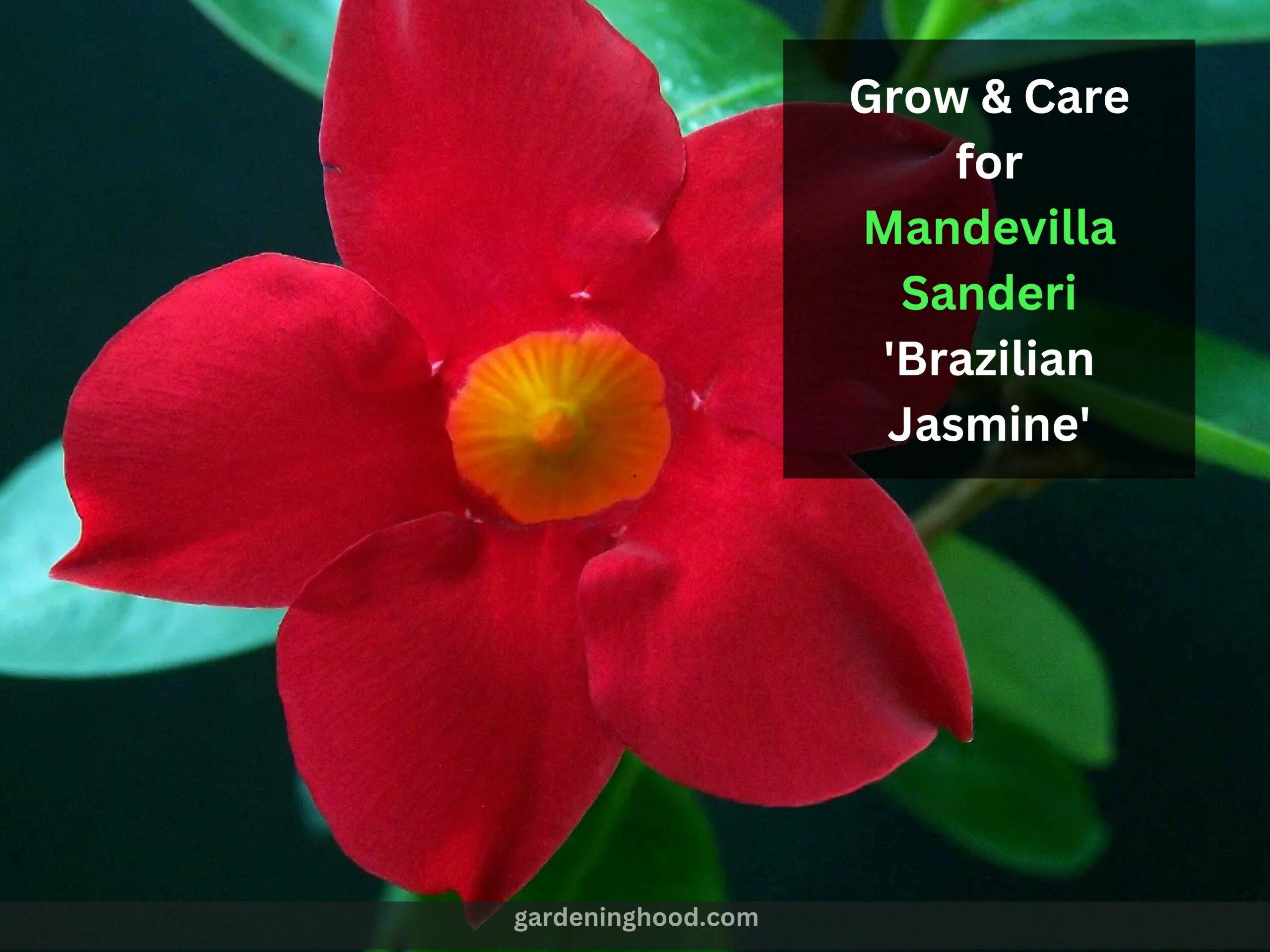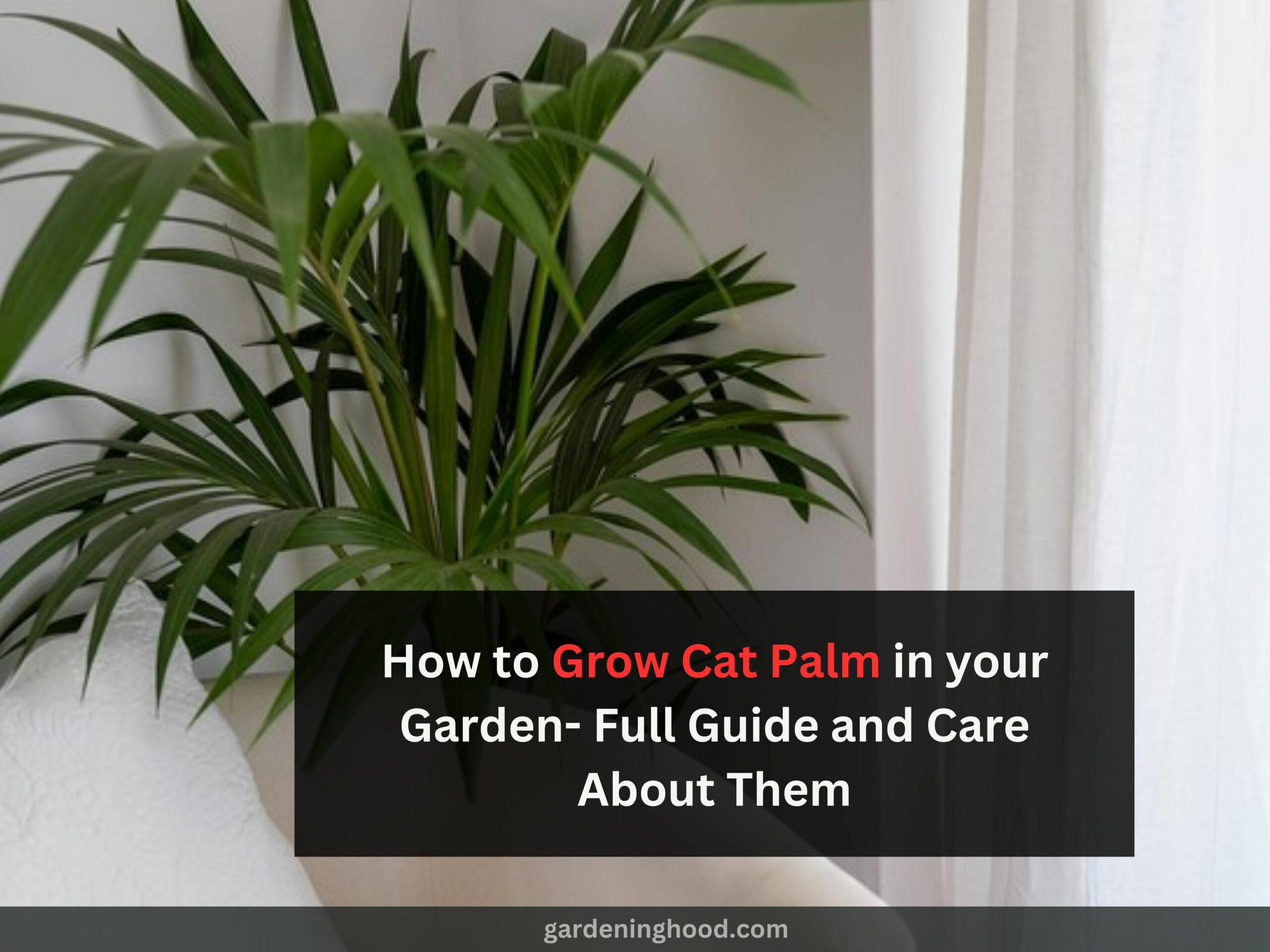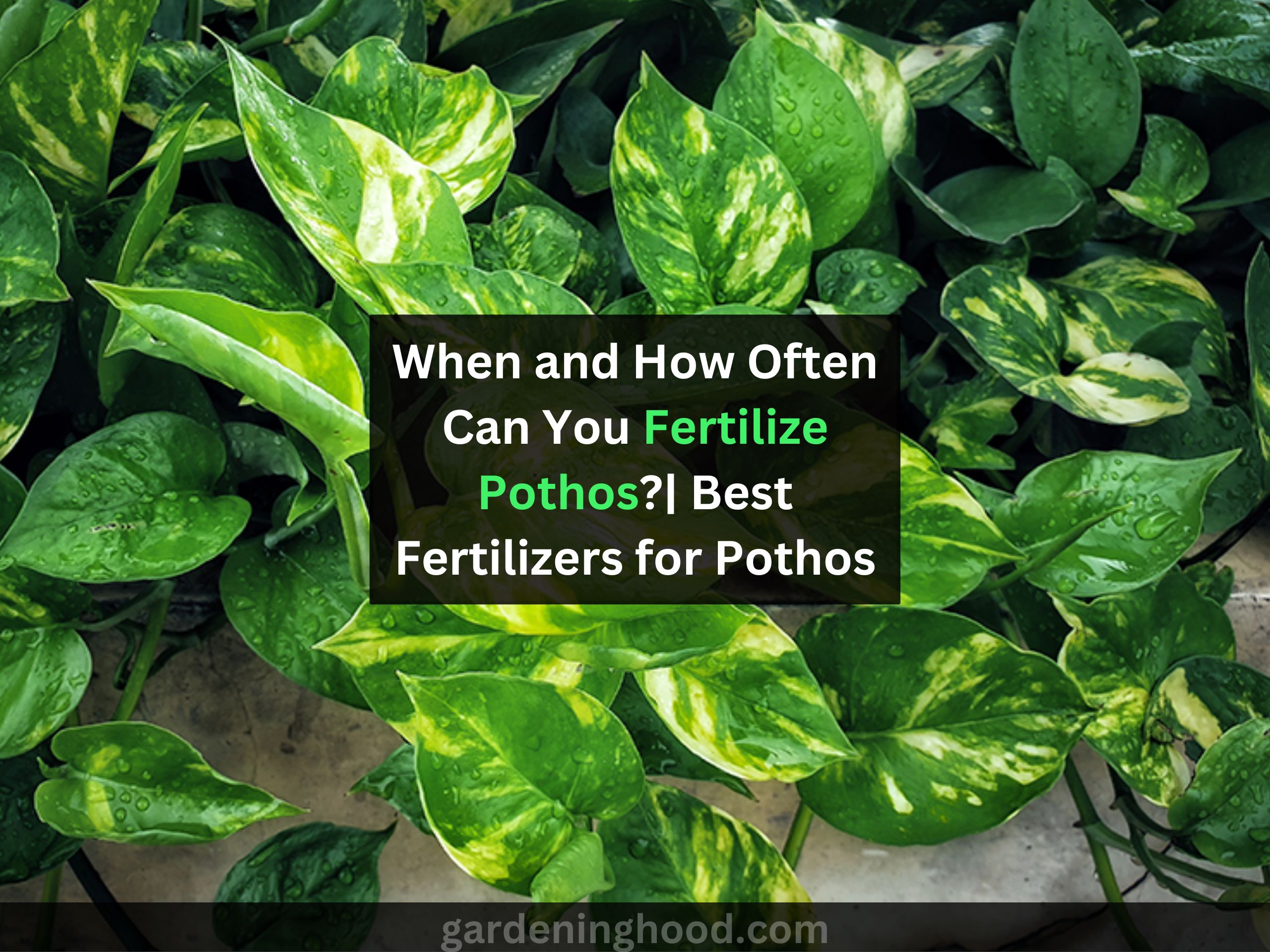Emerald Pothos: A Comprehensive Guide To Follow
Adding the stunning Emerald Pothos is unique because of its striking feature that sets this variety apart from the others. What makes it unique is the mixture of light and dark green patterns enhances the look of its leaves and the area as well. Hey folks! I am Anna Scott, a Gardener with 15 years of gardening experience, now I am here to help other gardeners as well.
Adding emerald pothos will be the best choice if you are a houseplant enthusiast. It originated in the Solomon Islands. You will feel lucky after growing this variety as it will cherish you with its amazing benefits. They are similar to various varieties of pothos. This plant needs good care to remain healthy, such as plenty of water, full sunlight, humidity, ideal temperature, occasional pruning, and many more explained below. This rare variety is different from Global Green pothos.
So what are you waiting for? Let’s move forward to know everything about the Emerald Pothos in detail. Stay connected with this guide till the end for proper understanding.

What is Emerald Pothos?
Emerald pothos is one of the unique varieties that is adored by various house plant enthusiasts. It is famous for its heart-structured leaves that comprise dark green variegation.
Emerald pothos is a low-maintenance plant that can be propagated easily. It would be the popular choice for areas that will grow at a moderate to faster pace.
Just like the other pothos variety, this variety is a must-have addition as it will bring joy to your area. This beautiful variety is a cultivar of the Pothos N’Joy variety. It can trail up to 10 feet long if grown in ideal climatic conditions.
Are Emerald Pothos and Global Green Pothos the same?
The answer is No. These two varieties of pothos are different from each other. They are not seen as the same plant and that can be known from the texture of their leaves.
The main difference is in the color of the leaves that is, Emerald Pothos has a dark green center and light green edges. On the other hand, Global Green pothos have a light center and dark green color edges. In simple words, they oppose each other.
Sometimes they are mistaken for each other as they both have heart-structured leaves and trailing growing habits. In terms of patterns, Emerald pothos have more fluid coloring, whereas global green pothos have dramatic variegation.
Jade pothos vs Emerald pothos
Now comes the difference between jade and emerald pothos. Are they different from each other? If yes, then how? These varieties of pothos are different from each other because of their variegation. Jade pothos consist of bright green-colored leaves with white and cream speckles on them that look stunning.
On the other hand, Emerald pothos consist of dark and light green patterns that fill your garden area with its appearance. Sometimes jade pothos will attain a grey color as well.
Other than this, they both have some similar features. They belong to the same cultivar that is N’Joy. Both are popular house plants that are loved by various gardeners. They tend to grow fast if receive ideal climatic conditions. they can attain a height of 10 feet.

Emerald Pothos Care Guide
If the plant receives good care, then it flourishes in your home garden. Indoor pothos will stay in your area for various years. So, follow the below caring tips for your plant to keep it healthy. They are as follows:
Water
- The water requirement of this plant depends on various factors like room temperature, light available, pot size, humidity, etc.
- However, you can water the plant when the top inches of the soil are fully dry.
- Check the moisture of the soil by inserting a finger inside the soil 1 to 2 inches deep.
- If it feels damp to the touch, then no need to water the plant. Keep the gap between water rings to let the layers dry.
- Water the base of the plant so that it is absorbed by the soil properly.
- Avoid over-watering the plant to prevent fungal infections like root rot.
- Keeping the plant until the water flows out from the drainage holes. Do not let the water sit in the plant, so remove the water from the saucer.
Sunlight
- It likes to grow in the bright indirect sunlight. Sunlight will help the plant to perform photosynthesis to maintain its variegation.
- When the plant does not receive sufficient sunlight, then the stunted growth appears.
- On the other hand, an excess supply of sunlight will cause sunburn in the foliage.
- This plant is a tropical plant that likes filtered sunlight to receive for its growth.
- You can keep the plant in the south-facing windows with the curtains to receive dappled sunlight.
Soil
- Emerald pothos like to grow in well-drained soil. Special soil is available for these plants for all the members of the arum family.
- Make your soil mix at home by mixing the parts of perlite, sand, or vermiculite in the basic soil mix.
- This plant will grow well in the neutral to acidic pH level of the soil to remain healthy.
Humidity
- Being a tropical plant, it likes high levels of humidity to grow.
- The ideal level of humidity for these plants lies between 50 to 70%.
- If the plant does not receive sufficient humidity, then there are brown leaf tips in the plant. It is important to increase the humidity as soon as possible to save your plant.
- To Increase the humidity, invest in a humidifier. You can also keep the plants in the bathroom or kitchen where the humidity level is high.
- Last, but not least, keep a pebble tray filled with water under the pot as it will increase the humidity in the plant.
Temperature
- The ideal level of temperature required by these pothos is 70 to 85°F Fahrenheit.
- They like to grow in warm climatic conditions. So if the temperature goes below this range then it will be harmful for the plant.
- To see your plants flourishing in the garden, provide them with consistent temperatures.
- Avoid keeping them in a location where they can receive cold drafts, winds, etc.
Fertilization
- Fertilization is required to stimulate the growth of the plants at a faster pace. But this plant is not too demanding when it comes to the fertilizer required by it.
- Excess fertilizer can cause more salt content in the plant which will be harmful for the plant.
- Fertilize the plant during its growing season that is spring and summertime. Apply a diluted mixture to the plant once a month.
Pots
- Emarlad pothos will grow best in the clay pot. this material helps in the process of evaporation.
- Choose a pot that has various drainage holes so that the water does not sit in the plant.
Repotting
- Repot this variety after a couple of years when the plant becomes root-bound and its roots are coming out from the drainage holes.
- Choose a new pot that is bigger than the current pot about 1 to 2 inches in diameter.
- At the time of repotting, make use of fresh soil mix to see the healthy growth of the plant.
Pruning
- Pruning is needed by every plant to maintain a healthy shape and size.
- Remove all the old and wilted leaves from the plant to encourage new growth of the leaves.
- Make use of sharp and sterilized scissors to prevent infection in the plant.
- Last, but not least, Prune the plant when it is actively growing that is the spring season.
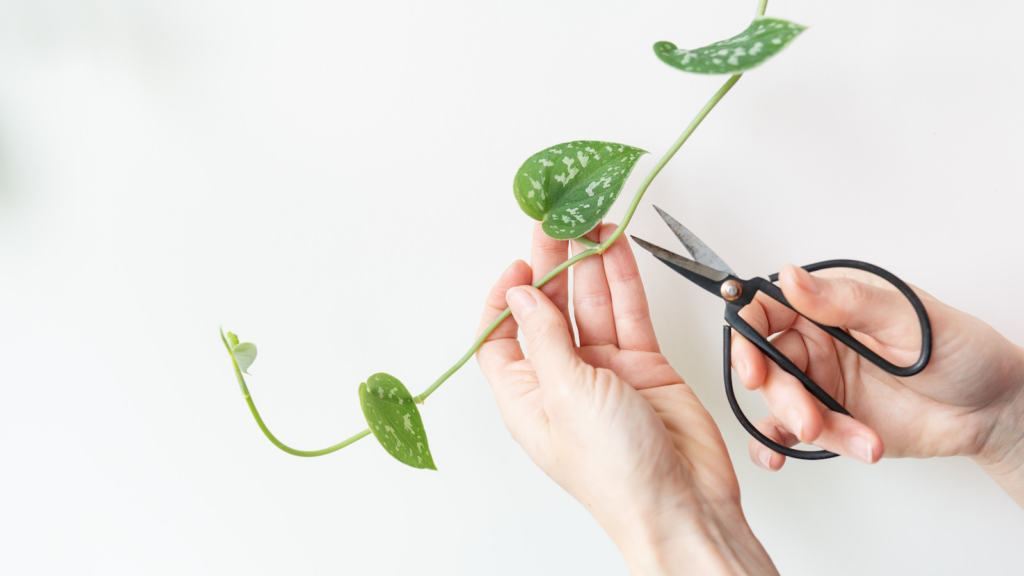
Are Emerald pothos rare?
Emerald Pothos are one of the rarest varieties of the pothos family. Yes, it is true. But with the changes in society like increasing global globalization and the need for more house plants, it is changing. Nowadays it is not difficult to find Emersld pothos online or near nurseries like before.
If you are looking to grow, this variety then do not fear as you will find it in one of the nurseries near you. it needs little effort to grow this everlasting variety of pothos. Before buying the plant, verify it so that you do not mix it with the global green pothos variety.
Troubleshooting 4 Common Emerald Green Pothos Problems
Growing a plant is an easy task but maintaining its growth is somehow difficult. You might care for your plant properly, but there are various common problems faced by every plant during its growing season. So to prevent those problems, I have listed them below:
Root Rot
- Root rot is one of the problems of various plants, and the same is the case with emerald pothos.
- Yellow-colored leaves in the plant indicate the plant is suffering from over-watering, which will root rot in the plant later on.
- It will produce a foul smell like rotten eggs. It is important to catch this issue as early as possible.
- Water the plant when the soil becomes fully dry to prevent overwatering in the plant.
- If the case is too severe, then it is important to follow the root-rising method which is transplanting the plant to a new pot with fresh soil mix.
Pests
- Pests come to plants to ruin their foliage. Some of those pests are scales, spider mites, aphids, mealy bugs, etc.
- They come on the stems and leaves to suck the foliage and satisfy their hunger with the fluid.
- It is important to remove these bugs earlier before they spread to the whole plant.
- To remove them, make use of a spray of neem oil. Spray them occasionally on the plant.
- Additionally, you can use cotton ball to wipe these pests off the plant.
Changes in Variegation
- This variety is famous for its green variegation. Low sunlight leads to changes in the coloration of the plant.
- If you begin to see the change, then it is the right time to reposition the plant.
- Place the plant in full sunlight where it can receive a good amount of light for photosynthesis.
- When the plant begins to regain its variegation, then you can decrease the supply of light.
- Last, but not least, keep in mind not to harm the plant to get the perfect color.
Brown Tips
- Last, but not least, brown tips are one of the common problems of emerald pothos.
- It happens because of the lack of humidity provided to the plant as this plant needs a good amount of humidity to thrive well.
- So, to prevent this increase the humidity level in the plant by investing in a humidifier.
- Also, you can keep the pebble tree filled with water under the pot to raise the humidity level in the plant.
Summing up the context
In this guide, you come to know that Adding emerald pothos will be the best choice if you are a houseplant enthusiast. It originated in the Solomon Islands. You will feel lucky after growing this variety as it will cherish you with its amazing benefits. They are similar to various varieties of pothos. This plant needs good care to remain healthy, such as plenty of water, full sunlight, humidity, ideal temperature, occasional pruning, and many more explained below. This rare variety is different from Global Green pothos.
Emerald pothos is one of the unique varieties that is adored by various house plant enthusiasts. It is famous for its heart-structured leaves that comprise dark green variegation. Emerald pothos is a low-maintenance plant that can be propagated easily. It would be the popular choice for areas that will grow at a moderate to faster pace. I hope you are clear with this guide. I will come back with another informative guide soon. Till then safe gardening.
Thanks for reading! Happy Gardening!
FAQs
How do you care for emerald pothos?
Provide emerald pothos with a good amount of sunlight, and well-drained soil, and keep the gap between waterings, ideal humid level, warm temperature, and many more. Care for the plant to see its amazing outcomes.
Is Devil’s Ivy poisonous?
Yes, devil’s ivy is poisonous. It is because this plant contains a toxic element in its elaevs named calcium oxalate crystals. If anyone ingests them, it causes severe issues like vomiting, swelling, irritation, and many more. Especially, it is very harmful for pets and children. So, keep the plants away from them.
Is Pothos good for a house?
Yes, pothos are some of the best indoor plants that help purify the air, removing the toxins from indoors like formaldehyde, xylene, and benzene. Proto are also famous by their other name devil’s ivy.
Is it better for pothos to hang?
Some gardeners suggest hanging the pothos whereas some suggest climbing the pothos. But it is seen that pothos are grown in hanging pots more often. It will make a lushier look in the area that attracts everyone. You can even grow pothos on a moss pole.

